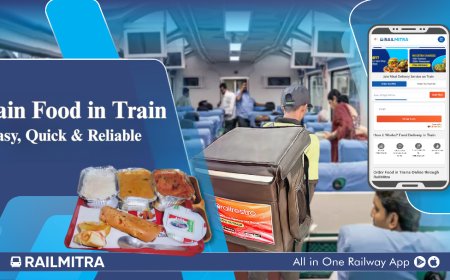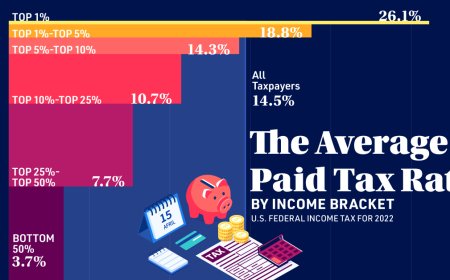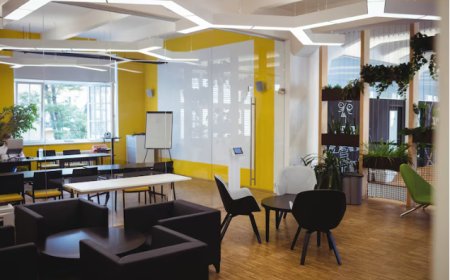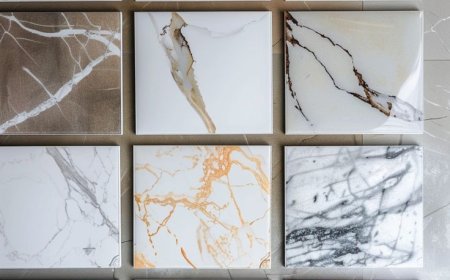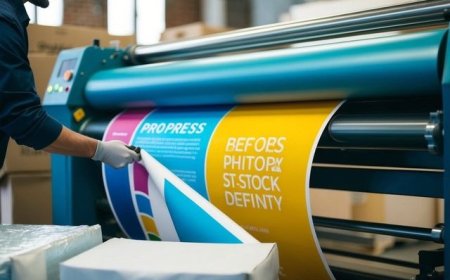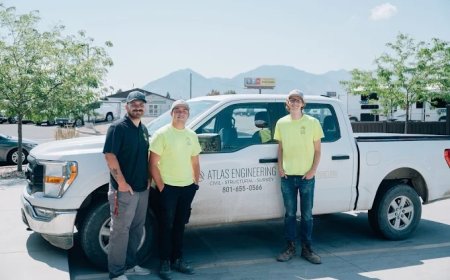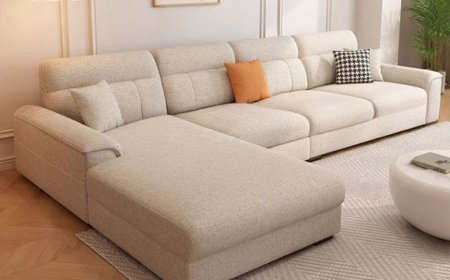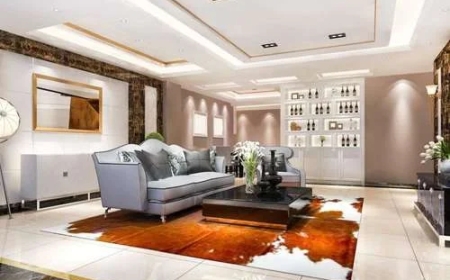Future-Ready Living Begins at Sobha Aurum
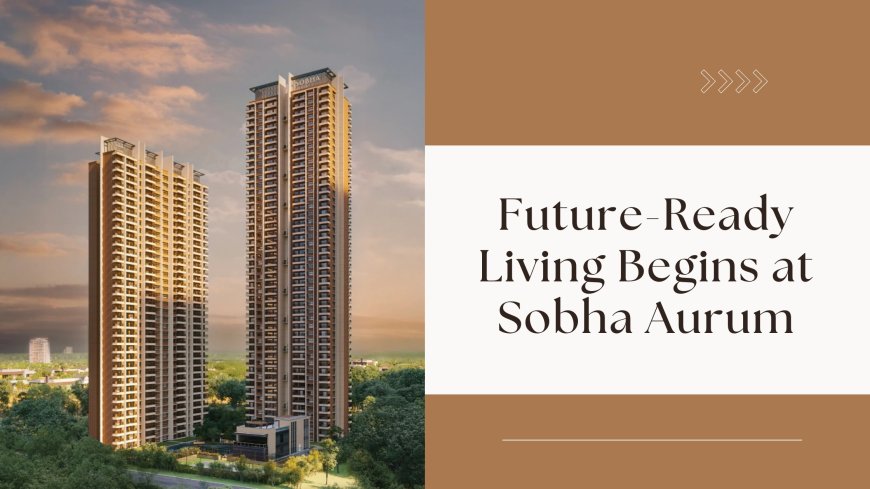
The idea of what constitutes a home has evolved dramatically over the past decade. As cities become denser and lifestyles grow more dynamic, the concept of future-ready living is taking center stage. Families no longer seek homes that serve only as sheltersthey are looking for residences that can adapt, support, and grow with their evolving needs.
Future-ready living doesnt mean adopting the flashiest technologies or occupying the tallest tower in a city skyline. Its about building homes that are resilient, flexible, intelligent, and sustainable. In Greater Noida, where urban development is accelerating at a rapid pace, some residential projects are pushing the boundaries of this new living standard.
Sobha Aurum offers an opportunity to explore what future-ready housing really looks likefrom architectural planning and spatial design to community living and ecological awareness. This article takes a deep dive into the features, mindset, and systems that define a home built for tomorrows demands.
Understanding Future-Ready Living
Future-ready living means preparing today for the realities of tomorrow. It involves creating homes that can seamlessly integrate with future technologies, accommodate evolving family structures, and support changing lifestyle patternswithout major disruptions or renovations.
Key characteristics of a future-ready home:
-
Adaptable interiors for multi-functional use
-
Smart integration of essential technologies
-
Sustainable design and eco-friendly systems
-
Access to digital infrastructure and automation
-
Thoughtfully curated community spaces
Homes built with these principles in mind offer long-term value, emotional comfort, and lifestyle resilience.
Architecture Designed for Adaptability
A core principle of future-ready living is spatial flexibility. Families grow, lifestyles shift, and work patterns change. A well-designed home must accommodate these transformations gracefully.
Design elements that support adaptability:
-
Open floor plans that can evolve into different zones
-
Neutral color palettes and finishes that age well
-
Space-saving storage integrated into walls and furniture
-
Multiple utility zones such as balconies, study nooks, or walk-ins
-
Bedrooms and living areas placed to reduce sound transfer
At Sobha Aurum, apartments are structured to allow this flexibility. Whether it's a remote working corner today or a reading lounge tomorrow, these homes adapt without losing function or flow.
Smart Features that Blend Into Daily Life
A future-ready residence doesnt need to showcase technology on every wall. Instead, it integrates tech where it mattersenhancing security, comfort, and convenience in a subtle but effective way.
Examples of smart home integration:
-
Digital door locks and app-based entry systems
-
Energy-efficient lighting and climate control
-
High-speed internet wiring pre-installed in every unit
-
Motion sensors in common areas for optimized electricity usage
-
Visitor and delivery tracking through community portals
These systems work quietly in the background, streamlining everyday routines without overwhelming residents with complexity.
Emphasis on Health and Wellbeing
As the world becomes more fast-paced, homes must also become sanctuaries. For many urban residents, wellness has shifted from an external activity to something integrated into the very walls and windows of their homes.
How homes can support physical and mental health:
-
Natural ventilation and daylight through well-placed openings
-
Dedicated green zones and walkways for stress relief
-
Use of non-toxic building materials and low-VOC paints
-
Spaces for yoga, fitness, and mindfulness practices
-
Community gardens that allow families to engage with nature
These features are increasingly seen not as luxuries, but as essential for maintaining long-term wellness in urban settings.
Sustainability is a Design Standard
A truly future-ready home doesnt just think about its occupantsit considers its impact on the planet. Sustainable design and construction practices are central to long-term housing solutions. They reduce resource consumption, lower utility bills, and create healthier environments for future generations.
Sustainability-focused elements:
-
Rainwater harvesting systems for landscape irrigation
-
Solar panels powering common areas and external lighting
-
Segregated waste disposal systems with composting units
-
Thermal insulation in walls and roofs to reduce air conditioning needs
-
Recharge pits and green roofing to reduce runoff and overheating
Sobha Aurum integrates many such eco-conscious elements to ensure a home that not only serves its residents but also respects its environment.
Connected Community Living
Homes no longer exist in isolation. The best residential projects understand the importance of community infrastructurespaces that foster social connection, learning, and collaboration. Future-ready living emphasizes not just private comfort but shared experiences.
Features that enhance community interaction:
-
Clubhouses for resident events and celebrations
-
Co-working lounges with Wi-Fi for flexible work setups
-
Outdoor amphitheaters for cultural activities
-
Childrens play areas visible from adult seating zones
-
Hobby rooms for activities like painting, crafts, or indoor games
These spaces make it easier for residents to connect meaningfully while preserving personal space and privacy.
Catering to Every Generation
Multi-generational living is becoming more common, and future-ready homes must serve the needs of children, working adults, and senior citizens alike. This calls for thoughtful detailing, not just in interiors, but across the community.
Inclusive design considerations:
-
Slip-resistant flooring and ramps in common areas
-
Elder-friendly benches and walking paths in gardens
-
Kids zones with soft flooring and visibility from homes
-
Emergency access systems and help desks
-
Calm, shaded zones for reading or quiet time
Such inclusive environments ensure that every age group feels welcomed, safe, and independent within the community.
Location and Urban Connectivity
Location continues to be a key factor in determining the utility of a home. A future-ready development must offer smooth connectivity not just to workplaces but also to education, healthcare, and daily conveniences.
Location advantages that support future living:
-
Proximity to metro networks and arterial roads
-
Quick access to schools, clinics, and groceries
-
Nearby entertainment and recreation hubs
-
Low-traffic internal roads within the community
-
Planned green belts and civic amenities in the vicinity
Greater Noida is rapidly becoming a preferred location due to its structured urban planning and development potential, making it a logical fit for future-oriented residential projects.
Storage and Organization
One of the most overlooked yet critical aspects of a future-ready home is how it handles storage. A clean and organized space contributes to mental clarity and operational efficiency in daily life.
Design ideas for smart storage:
-
Floor-to-ceiling wardrobes in bedrooms
-
Utility closets near kitchens or balconies
-
Multi-use furniture like sofa-cum-beds or expandable dining tables
-
Overhead cabinets that blend into design
-
Shoe racks, laundry chutes, and drying balconies
A home that helps you stay organized is one that supports a more efficient, stress-free lifestyle.
A Home That Can Weather Time
Durability is a defining feature of future-ready housing. Homes must not only meet todays standards but continue performing over the next 10, 20, or even 50 years. This includes both construction quality and service infrastructure.
Long-lasting construction indicators:
-
Use of reinforced concrete and corrosion-resistant materials
-
Weatherproof paint and finish on external surfaces
-
High-quality fittings with manufacturer warranties
-
Reliable water pressure and drainage planning
-
Ease of maintenance with accessible ducts and systems
Sobha Aurum 2, 3, 4 BHK Apartments emphasizes long-term performance in both design and materials, minimizing future repair hassles and costs.
Efficient Use of Every Square Foot
In a future where real estate will become more expensive and denser, the way a home uses space becomes vital. Every inch must contribute valueeither in movement, utility, or aesthetics.
How to make compact spaces feel expansive:
-
Lighter wall colors and reflective finishes
-
Uninterrupted floor lines between rooms
-
Furniture aligned to walls instead of the center
-
Sliding doors and foldable partitions
-
Ceiling-mounted lighting instead of floor-based fixtures
Design principles like these make homes feel more open, even when space is limited.
A Sense of Ownership and Pride
Ultimately, a future-ready home must be one that the resident feels connected to. It should represent stability, identity, and personal investmentelements that extend beyond just bricks and mortar.
What fosters long-term emotional value:
-
Community-driven decision-making in residential societies
-
Spaces for personal expression like garden patches or balconies
-
Transparent maintenance practices and support
-
Resident forums or digital platforms for communication
-
Opportunities for volunteering, organizing events, or giving back
Such emotional connections are what turn houses into homes, and homes into communities.
Conclusion
The future of residential living isnt defined by luxury, size, or even cutting-edge technology alone. It is defined by foresightthe ability to anticipate the evolving needs of individuals, families, and the environment. Sobha Aurum, located in the growth-friendly zone of Greater Noida, demonstrates how future-ready living can be seamlessly integrated into modern apartment design.
By focusing on adaptability, sustainability, wellness, and community, this project outlines a clear blueprint for what urban homes should strive to become. For those who seek a living space that goes beyond trends and stands resilient for years to come, the future doesnt just begin elsewhereit begins at home.









